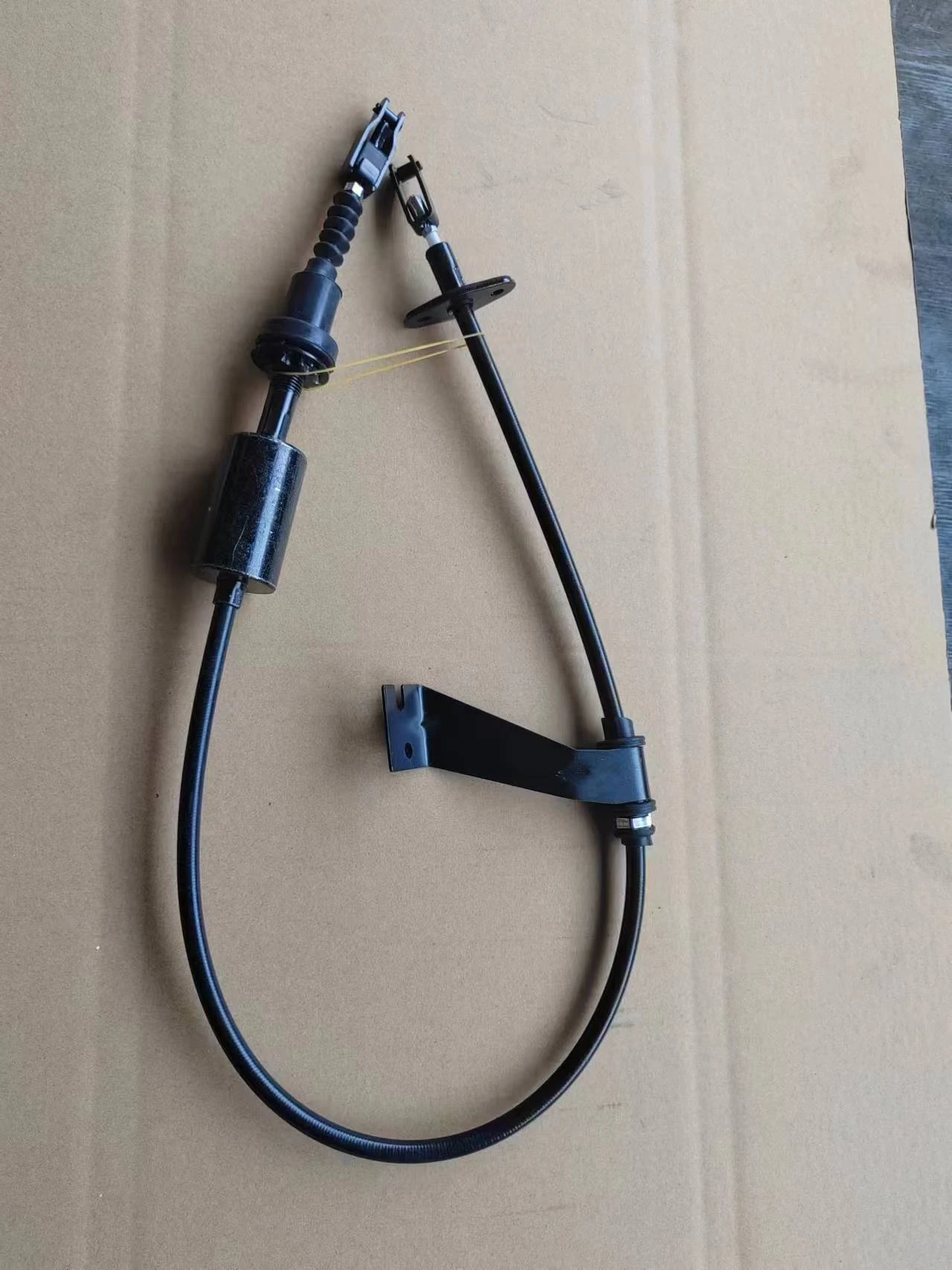Understanding the Relationship Between Cable, Gas Pedal, and Vehicle Performance
The Intersection of Cable, Gas, and Pedal A Journey Through Automotive Innovation
In the rapidly evolving world of automotive technology, the interplay between cables, gas systems, and pedals has transformed the driving experience. This intricate relationship not only enhances vehicle performance but also ensures safety and efficiency. Understanding how these components work together can provide insights into the future of automotive engineering and design.
The Role of the Cable
Traditionally, cables have been integral to the operation of various vehicle systems. In older cars, mechanical cables connected the gas pedal directly to the throttle body, allowing the driver to control the engine's power output by pressing down on the pedal. This system was simple and effective, offering a direct physical connection between input and response. However, as technology advanced, the limitations of mechanical cables became apparent. They were susceptible to wear and tear, and their performance could diminish over time, leading to issues like throttle lag or uneven response.
As a result, modern vehicles have largely shifted towards electronic throttle control, often referred to as drive-by-wire. In these systems, the physical cable between the pedal and the throttle is replaced with electronic sensors. When the driver presses down on the gas pedal, a sensor detects the position and sends an electrical signal to the engine control unit (ECU), which then adjusts the throttle position accordingly. This transition from mechanical to electronic has greatly improved responsiveness and precision, allowing for a more refined driving experience.
The Importance of Gas Systems
Gas systems play a crucial role in how energy from the engine is converted into motion. The throttle body, controlled by the gas pedal, regulates the amount of air and fuel entering the engine. In a traditional internal combustion engine, this system operates based on the driver’s input through the gas pedal. The refreshed approach of combining precision electronics with fuel delivery systems has paved the way for performance enhancements, better fuel efficiency, and reduced emissions.
Among innovations is the introduction of turbocharging and direct fuel injection, which require precise measurements of throttle input. As engines become more advanced, the need for an efficient gas system becomes paramount, ensuring that every drop of fuel is utilized effectively. The evolution of gas systems is also reflective of the broader trends in the auto industry focusing on sustainability and eco-friendliness.
cable gas pedal

The Pedal as a Driver's Interface
The gas pedal is the driver’s most direct means of interacting with the vehicle's powertrain. With advancements in automotive technology, the importance of designing pedals that offer not just control but also comfort and accessibility has increased. Ergonomics plays a significant role in pedal design, as manufacturers strive to make it easier for drivers to operate their vehicles without strain.
Moreover, the integration of features such as adjustable pedals and responsive feedback systems enhances driver engagement by allowing a more tailored driving experience. As automated and autonomous driving technologies emerge, the traditional role of the gas pedal may evolve. In such vehicles, the pedal could serve more as a backup control rather than the primary means of acceleration.
Looking Ahead Future Integrations
The future holds exciting possibilities for the integration of cables, gas systems, and pedals. With the rise of electric vehicles (EVs), the traditional gas pedal may be replaced by a more sophisticated interface that monitors a driver’s intent and adjusts power delivery accordingly. Advanced driver assistance systems (ADAS) also utilize these concepts, allowing for smoother acceleration and braking by coordinating inputs between the driver and the vehicle systems.
As we continue down this road of innovation, the interdependencies among cables, gas systems, and pedals will only become more pronounced. Automakers are investing heavily in research and development to ensure that the next generation of vehicles offers performance that is not just powerful, but also intelligent and responsive. With sustainability and technology at the forefront of automotive design, understanding the nuances of these components will become essential for anyone interested in the future of transportation.
In conclusion, the relationship between cable, gas, and pedal in vehicles encompasses a fascinating evolution that reflects the broader changes in automotive technology. As we drive into the future, these elements will continue to adapt and innovate, shaping the driving experience in ways we can only begin to imagine.
-
Upgrade Your Control with Premium Throttle CablesNewsAug.08,2025
-
Stay in Control with Premium Hand Brake CablesNewsAug.08,2025
-
Experience Unmatched Performance with Our Clutch HosesNewsAug.08,2025
-
Ensure Safety and Reliability with Premium Handbrake CablesNewsAug.08,2025
-
Enhance Your Vehicle with High-Performance Clutch LinesNewsAug.08,2025
-
Elevate Your Ride with Premium Gear CablesNewsAug.08,2025
